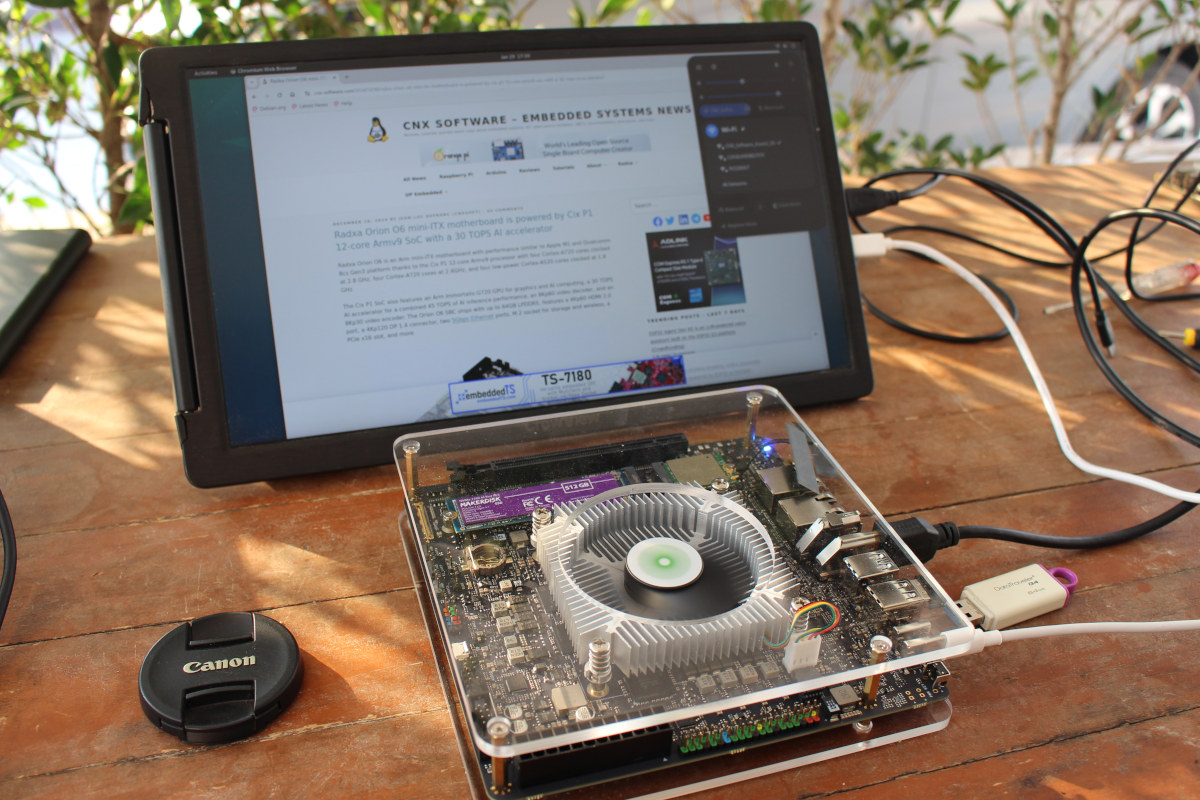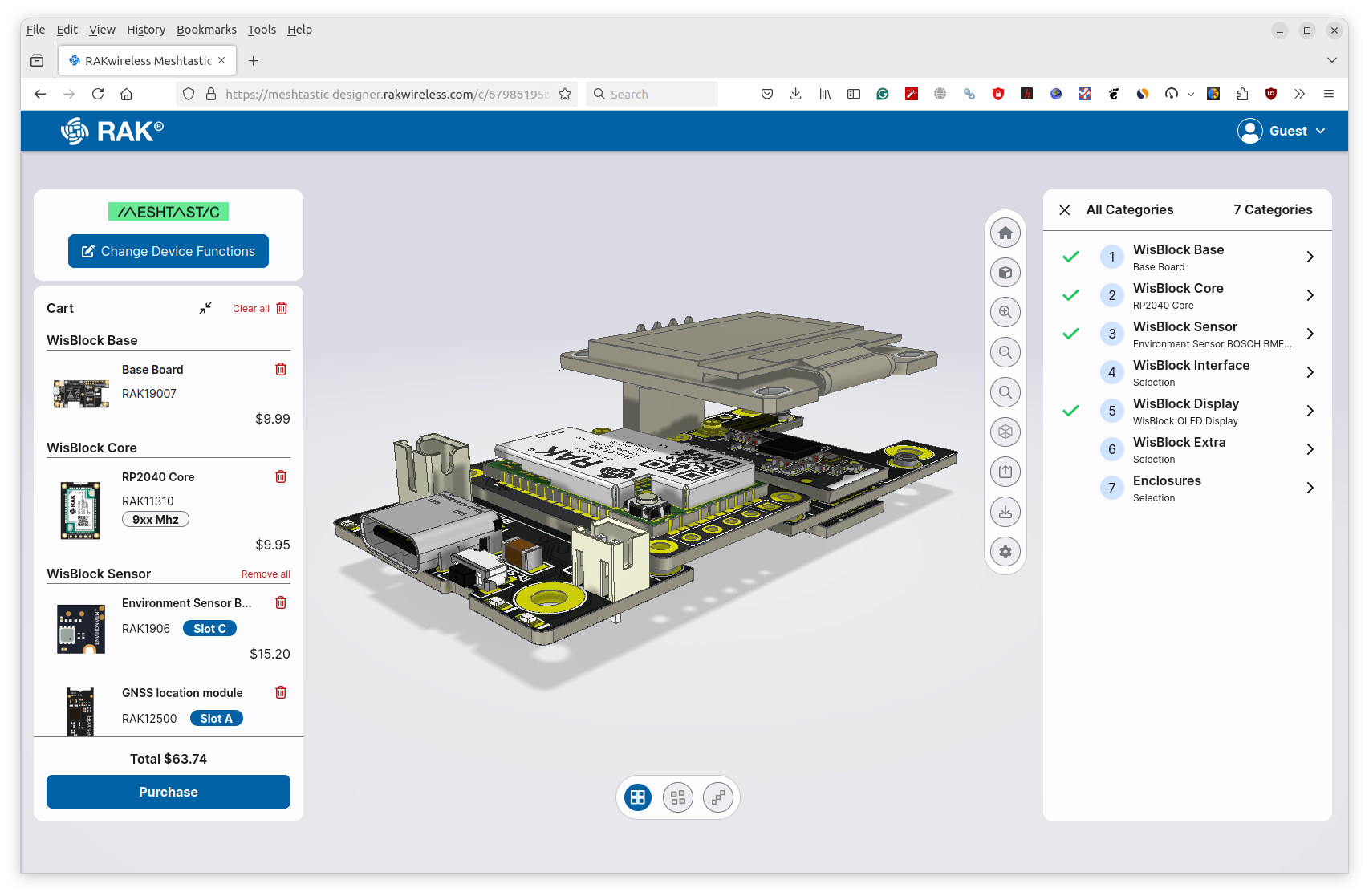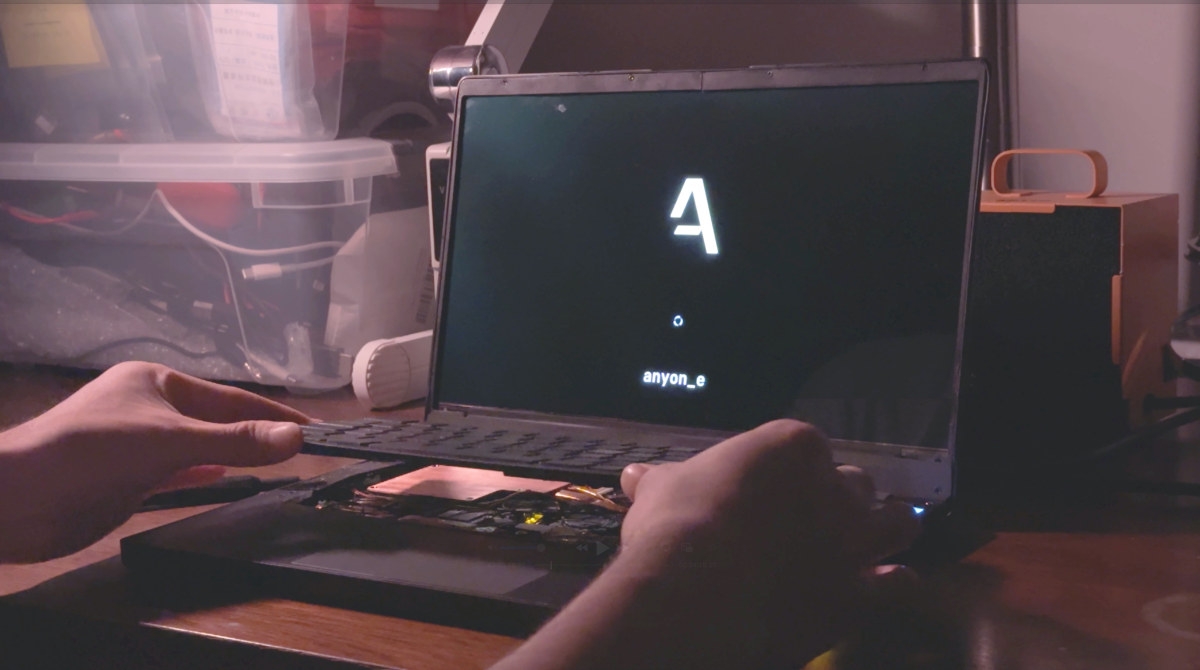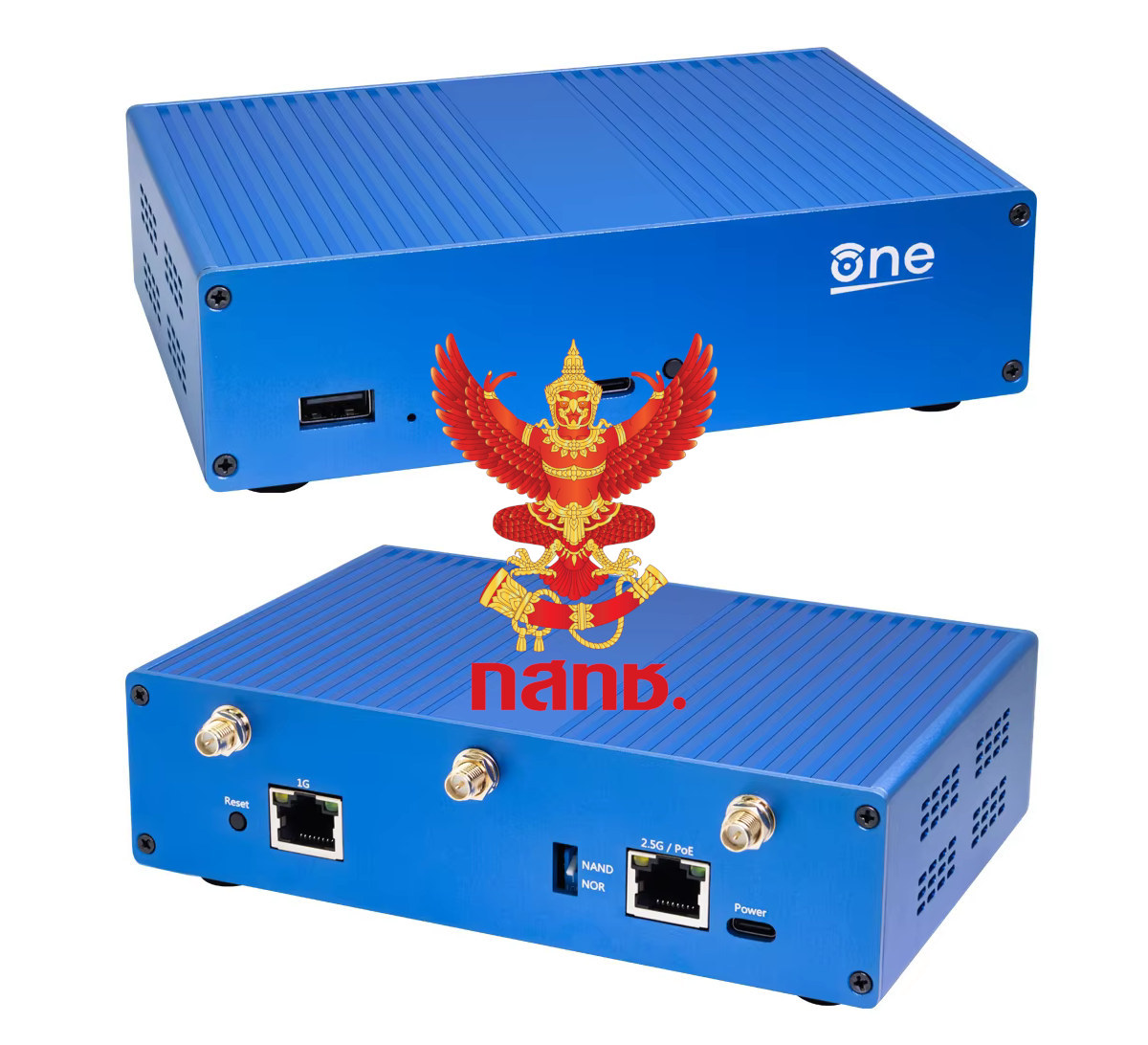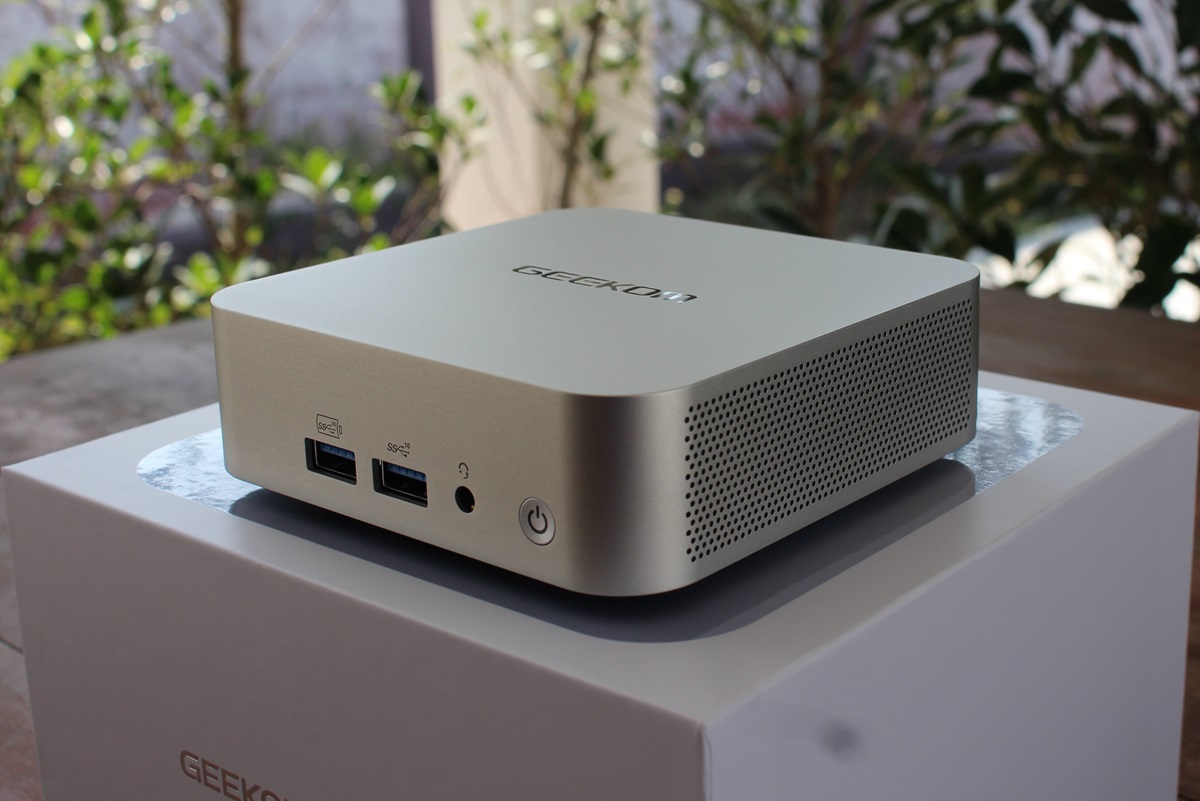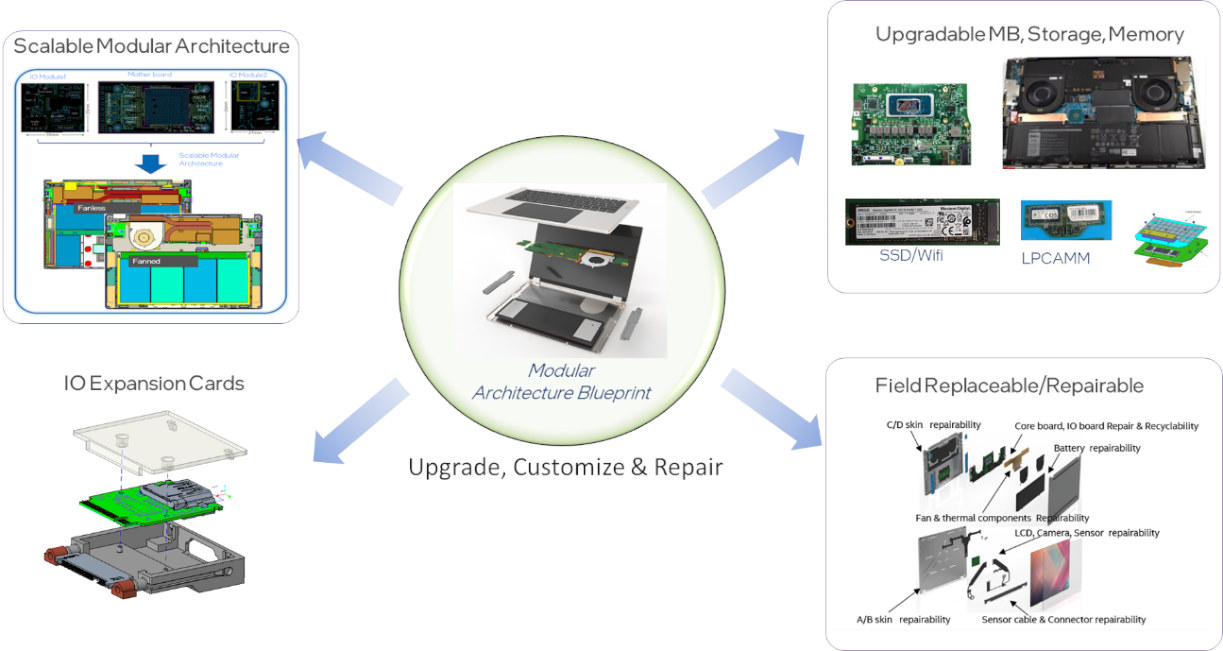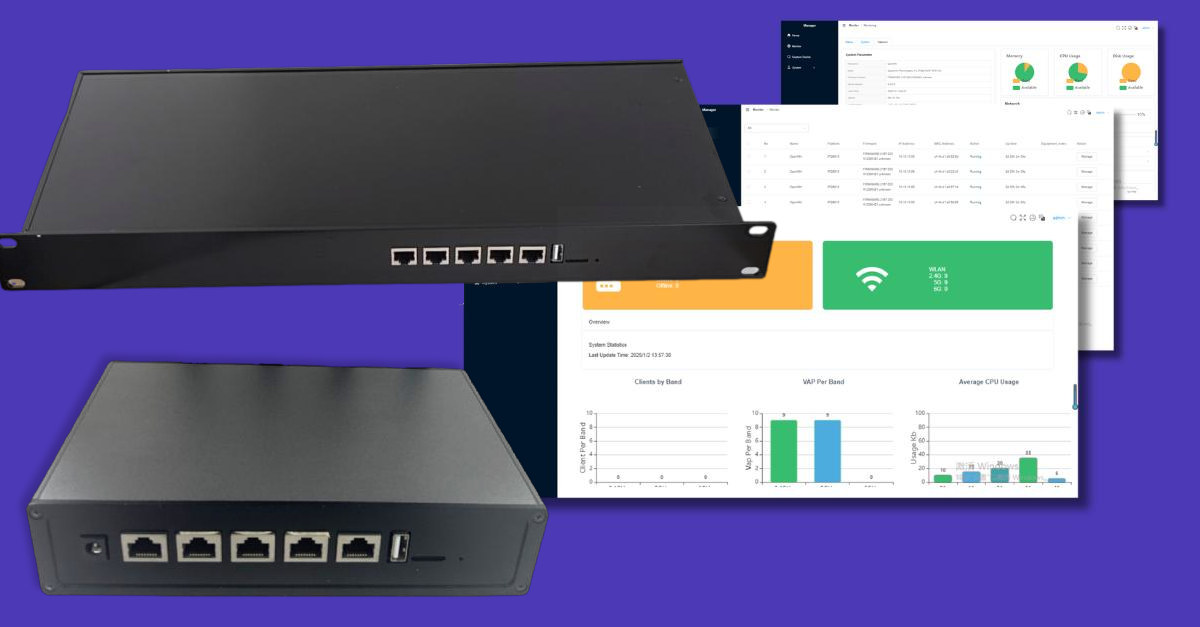Radxa sent me a sample of the Orion O6 mini-ITX motherboard for review. The system is powered by an CIX P1 (CD8180) 12-core Armv9 processor, equipped with 16GB RAM, and offers features like 5GbE, HDMI and DisplayPort, a PCIe Gen4 x16 slot, and more. It’s one of the most anticipated boards of the first part of 2025 since it’s powerful, offers a good performance/value ratio, and eventually promises to boot any ISO Arm64 image through an open-source BIOS / EDKII bootloader. I’ll start this review with an unboxing, NVMe SSD and WiFi module installation, and a short tutorial showing how to install Debian 12 operating systems before getting some system information and running a few benchmarks. In a few weeks, I’ll publish a more detailed review with features testing and more benchmarks to see what works and what doesn’t at this very early stage. Radxa Orion O6 unboxing I received […]
V-Link leverages GMSL2 to extend Raspberry Pi camera with up to 15-meter cable (Crowdfunding)
Videtronic’s V-Link is a compact solution designed to extend the range of Raspberry Pi MIPI DSI cameras using GMSL2 (Gigabit Multimedia Serial Link v2) technology with up to 15-meter cables. We covered this type of solution in several NVIDIA Jetson Nano development kits and embedded computers, but never for the Raspberry Pi SBC. The V-Link relies on a MAX96717-based MIPI CSI-to-GSML2 board that connects to the MIPI CSI connector on the Raspberry Pi and a MAX96714-based GSML2-to-MIPI CSI board connected to the Raspberry Pi Camera Module. The solution provides an alternative to THine THSER101 Raspberry Pi camera extension kit that works with LAN cables up to 20 meters long. V-Link specifications Transmitter board Analog Devices MAX96717 CSI-2 to GMSL2 Serializer MIPI CSI input connector GSLM2 output connector Receiver board Analog Devices MAX96714 Single GMSL2/GMSL1 to CSI-2 Deserializer GSLM2 input connector MIPI CSI output connector to Raspberry Pi Camera Module Compatibility […]
Meshtastic Designer helps you build custom Meshtastic solutions with RAKwireless Wisblock components
RAKWireless introduced the Wisblock IoT Modular System in 2020 to let developers easily create LoRaWAN IoT solutions with various core modules, baseboards, and sensor/IO modules. The company kept adding new Wisblock modules year after year, and there are now over 120 modules part of the Wisblock ecosystem. While the large choice of modules makes designing IoT prototypes more flexible, customers often face challenges in checking compatibility and selecting the right modules for the right slots. That’s why RAKWireless has been working on web-based online designer tools for the Wisblock ecosystem. The first release is the Meshtastic Designer used to quickly configure and create their own Meshtastic devices from the module to enclosure, and place an order from there once the design is complete. I’ve given it a quick try myself. I wanted a Meshtastic device with a display, a keyboard, a GNSS module, and an air quality sensor since the […]
anyon_e DIY laptop features Rockchip RK3588 SoC, 13.3-inch 4K AMOLED display, aluminum chassis
We’ve already seen several Rockchip RK3588 laptops with the Cool Pi laptop and GenBook RK3588, as well as the open-source hardware MNT Reform Next. anyon_e is another open-source DIY laptop based on Rockchip RK3588 octa-core Cortex-A76/A55 SoC but with higher-end specifications compared to competitors. The anyon_e features a 13.3-inch 4K AMOLED display, a wireless QWERTY mechanical keyboard, a custom aluminum chassis that keeps the thickness of the laptop to just 18mm, and a battery good for about 7 hours. It’s based on the FriendlyELEC CM3588 core board found in the CM3588 NAS Kit. anyon_e laptop (preliminary) specifications: SoM – FriendlyELEC CM3588 SoC – Rockchip RK3588 CPU – 4x CortexA76 cores @ up to 2.4 GHz, 4x CortexA55 core @ 1.8 GHz GPU – Arm Mali-G610 MP4 GPU Video decoder – 8Kp60 H.265, VP9, AVS2, 8Kp30 H.264 AVC/MVC, 4Kp60 AV1, 1080p60 MPEG-2/-1, VC-1, VP8 Video encoder – 8Kp30 H.265/H.264 video encoder […]
Importing a single router in Thailand now requires an NBTC license
We’ve been reviewing routers sent to us from China from time to time including Xiaomi Mi AX6000, GL.iNet GL-MT6000, NanoPi R5S, and others. In late 2024, I was offered to review the OpenWrt One and GL.iNet GL-X2000 “Spitz Plus” WiFi 6 and 4G LTE routers, but neither review will happen due to changes in regulations, or rather enforcement, that now makes it more complicated and expensive to import a router in Thailand since an NBTC (National Broadcasting and Telecommunications Commission) license is now required. The Software Freedom Conservancy sent an OpenWrt One router through UPS at the end of October 2024, and received an email from the courier on November 2 that read in part: Due to your shipment is ROUTER, must use import license from. Therefore, UPS we unable to apply import license for customers. Please find the other agent to clear this shipment form Thai Customs detail below. […]
GEEKOM A6 Ryzen 7 6800H mini PC review – Part 1: specifications, unboxing, and teardown
GEEKOM A6 is a mid-range mini PC powered by an AMD Ryzen 7 6800H octa-core/sixteen thread processor with AMD Radeon Graphics 680M, up to 64GB dual-channel DDR5, up to 2TB NVMe (PCIe 4.0 x4) SSD storage, 2.5Gbos Ethernet, Wi-Fi 6E and Bluetooth 5.2. It also features several USB4, USB 3.2, and USB 2.0 ports, supports up to four separate 4K monitors via HDMI 2.0 ports and USB Type-C ports, and comes with Windows 11 Pro pre-installed. GEEKOM sent us a sample of the A6 mini PC for review, and we’ll start with a look at the specifications, an unboxing, and a teardown in the first part of the review, before testing Windows 11 and Ubuntu 24.04 in more detail in the next parts. As its name implies, it should offer a middle ground between the Ryzen 7 5800H-powered GEEKOM A5 and the AMD Ryzen 9 7940HS-based GEEKOM A7 mini PCs […]
Intel floats Modular PC design proposal for repairable laptops and mini PCs
Intel has published an article proposing a modular PC design that would improve the repairability/right-to-repair of laptops and mini PCs and reduce e-waste through the replacement of motherboard, display, and M.2 or FPC add-on modules for the user-facing ports. Making repairable, modular electronic devices is not a new idea, and the Framework laptops are probably the best-known option now, but they do come at a premium. But most projects are limited success, for instance, Project Ara modular smartphone from Google eventually died off. We’ve also covered modular or open-source hardware solutions from smaller companies over the years such as Firefly Station P3D modular Arm mini PC with swappable cards, or Olimex Teres-I DIY and open-source hardware laptop. It’s good news that a large company like Intel is taking the repairable, modular PC topic seriously, but as we’ll see below it’s currently a high-level proposal with few technical details. Most laptops […]
WL-AC1000 AP controller can manage large fleets of wireless routers and access points
Wallys Tech WL-AC1000 is an access point (AP) controller designed to manage and optimize the operation of multiple access points (APs) within large-scale wireless networks that you may find in factories, airports, hotels, train stations, etc… The WL-AC1000 is powered by a quad-core Arm processor coupled with 1GB RAM, 8MB NOR flash, and 256MB NAND flash. It is equipped with four GbE ports and one 2.5GbE port to connect the access points through switches. It’s available as a desktop version and a 1U enclosure to mount in a rack. Wallys Tech WL-AC1000 specifications: SoC – Quad-core ARM 64-bit A53 @ 1 .8 GHz processor (likely some Qualcomm QCS part) System Memory – 1GB (2x 512MB) DDR3L Storage 8MB NOR flash 256MB NAND Flash Networking Gigabit Ethernet RJ45 port with PoE 3x Gigabit Ethernet RJ45 ports 2.5Gbps Ethernet RJ45 port Power Supply – 24V DC Dimensions WL-AC1000-E – 192 x 122 […]


